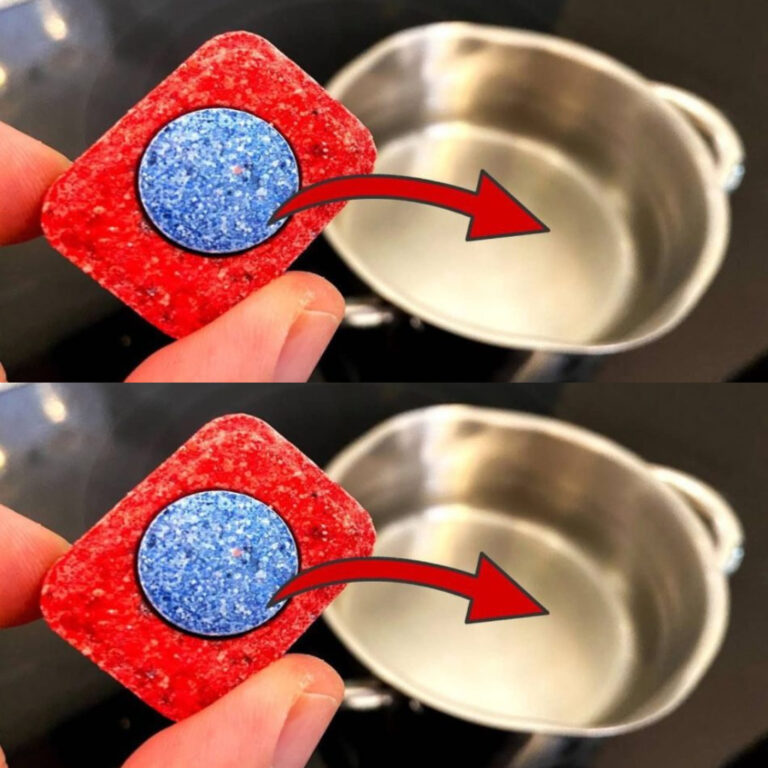ADVERTISEMENT
What Happens When You Boil a Dishwasher Tablet in a Pan?
We’ve all used dishwasher tablets to clean our dishes, but have you ever wondered what would happen if you boiled one in a pan? It’s a curious thought, right? The answer may surprise you, but before you go ahead and experiment in your kitchen, let’s break down the science and safety behind the process.
Dishwasher tablets are designed to clean your dishes by breaking down grease, grime, and food particles. They are formulated with powerful detergents and chemicals that are meant to work in the specific environment of a dishwasher. But what happens when these tablets are exposed to high heat and an open environment like a pan on the stove?
Let’s explore what occurs when you boil a dishwasher tablet, including potential risks and whether it’s something you should avoid.
What’s Inside a Dishwasher Tablet?
To understand the effects of boiling a dishwasher tablet, it’s helpful to first know what’s in it. Most dishwasher tablets contain:
- Surfactants: These are cleaning agents that help break down grease and grime.
- Enzymes: These biological molecules help break down food particles, especially proteins, starches, and fats.
- Bleaching agents: These chemicals, like sodium percarbonate, help remove stains and disinfect dishes.
- Polymers: These help prevent food from redepositing on the dishes during the wash cycle.
These components are formulated to work in a closed environment with water and controlled temperatures, specifically inside a dishwasher. When exposed to extreme heat outside of these conditions, the chemicals in the tablet could react differently.
What Happens When You Boil a Dishwasher Tablet in a Pan?
Now, the moment of curiosity: what happens when you take a dishwasher tablet and place it in a pan of boiling water?
- Immediate Dissolution: Once you add the tablet to boiling water, it will begin to dissolve rapidly. Dishwasher tablets are designed to dissolve in hot water inside the dishwasher, so boiling water will trigger the process almost immediately. The chemicals inside the tablet will start to break down and interact with the water.
- Release of Foam and Bubbles: As the tablet dissolves, you will likely see a large amount of bubbles and foam. This is due to the surfactants and other ingredients in the tablet reacting with the hot water. While this may look like an impressive foam party, the foam can be quite overwhelming, and it could spill over the pan.
- Chemical Reactions: Some dishwasher tablets contain bleach or other cleaning agents that could release fumes or cause a chemical reaction when exposed to high heat. In some cases, the tablet may release strong odors, especially if it contains chlorine-based bleach or other volatile substances. The fumes can irritate your eyes, nose, or throat, so it’s important to avoid inhaling them.
- Dangerous Fumes: Depending on the specific ingredients of the dishwasher tablet, boiling it could release fumes that are harmful to inhale. These fumes might contain chlorine or other chemicals designed for cleaning and sanitizing purposes. These chemicals are safe when used in a dishwasher, but when boiled in a pan, they could be hazardous.
- Residual Chemicals: Even after the tablet dissolves, there may be leftover chemicals in the pan. These chemicals are not meant to be ingested or come into contact with your skin, so you’ll need to thoroughly clean the pan afterward if any residue remains.
For Complete Cooking STEPS Please Head On Over To Next Page Or Open button (>) and don’t forget to SHARE with your Facebook friends
ADVERTISEMENT
